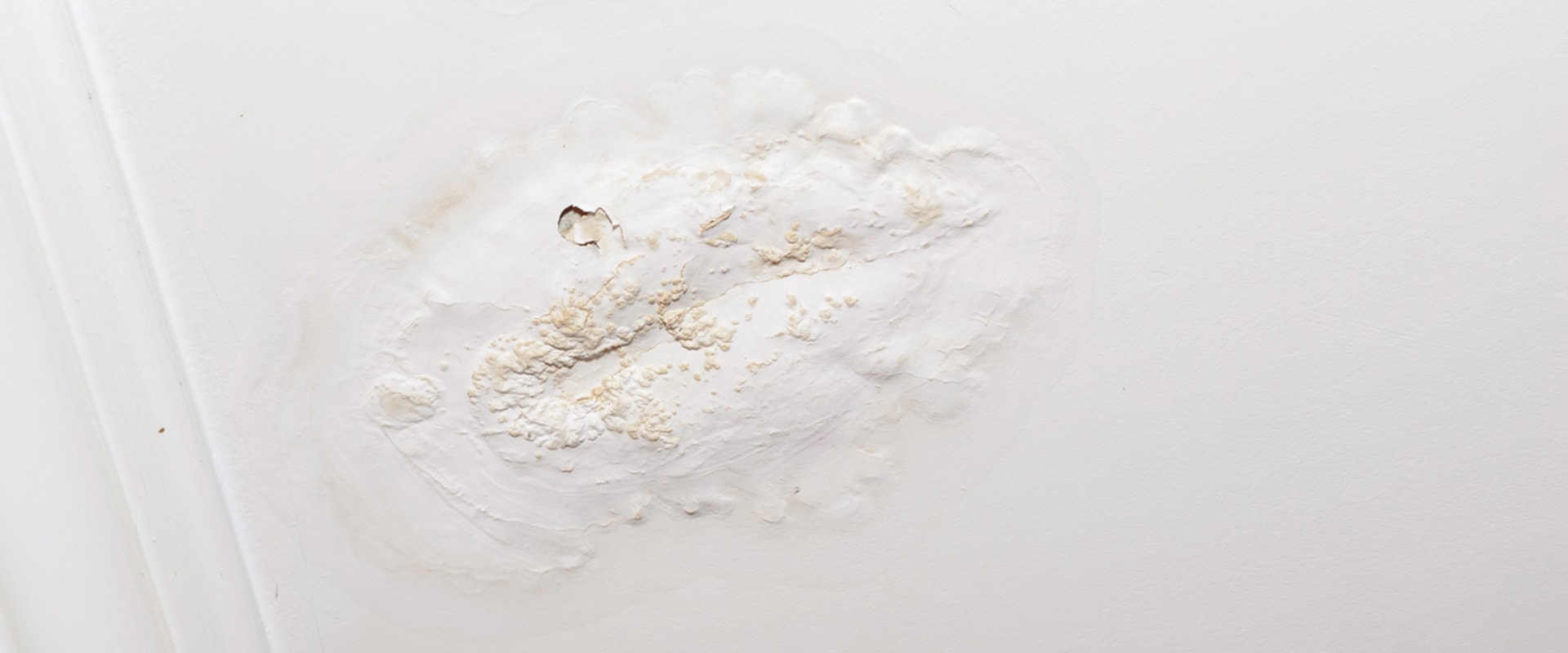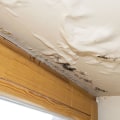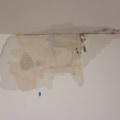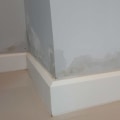When it comes to Water Damage Restoration in Mobile AL, drywall can be a tricky material to assess. It is porous and can easily absorb moisture, making it vulnerable to damage. If you notice major discoloration, bumps, subsidence, musty or musty smells, your drywall may have suffered irreversible water damage. The first step is to identify and eliminate the source of moisture, but in some cases, it may be necessary to replace the drywall. Not all water damage requires the replacement of drywall.
Depending on the size of the affected area and the extent of the damage, the drywall may simply need to be dried out and repainted. Discoloration may indicate a leak or a source of moisture that needs to be addressed, but it is not necessarily a cause for concern in and of itself. If the leak is detected in time, the drywall can often be saved. However, if there is visible bulging, crumbling or even collapse of the drywall, then significant damage has occurred and replacement is likely necessary.
Because water damage generally affects a large area, damaged drywall will almost certainly need to be replaced if the damage is extensive. Do drywall always have to be replaced once it gets wet? That depends on the amount of water involved. If it's only a small amount and you can dry the wall completely (as a moisture meter considers it safe), then it's possible to save the drywall with a layer of putty and paint. However, if more water is involved and the drywall is deformed or heavily stained, it may never be able to get rid of moisture. In that case, water damage must be repaired to eliminate mold spores that accumulate on water-damaged drywall.
Bumps and bumps can be an indication of swelling caused by water damage or exposure to excess moisture. Unfortunately, drywall is vulnerable to impact breakage and water damage due to its porous gypsum and paper composition. While every flood situation is different, a team of experts in water damage restoration is needed to specifically determine if wet drywall will need to be replaced or not. Anything that is damaged by sewage waste or by damage caused by category 3 water, such as the backrest of a toilet or sewer, must be replaced. To begin with, any water damage caused by water, sewage, or outdoor flooding almost always requires replacement as it can spread to other materials and even cause mold growth. A team of water damage restoration professionals will quickly eliminate the source of the damage and begin the drying process to contain the water.
Regardless of whether wet drywall can be replaced or not, you can minimize losses and expenses by acting immediately upon discovering water damage in your home or building. Drywall is used for interior walls and is therefore often the first thing to be damaged during a water leak incident. Whether you've had a leak in your washing machine, a leaking water supply pipe, or an air conditioning unit that's leaking on the ceiling, water damage to drywall is bad news. Do not hesitate to contact ServiceMaster Cleaning and Restoration at (21) 262-9044 to request emergency restoration services for water damage in the Quincy, Illinois area if you recently discovered water damage to your home or building. While minor water damage may not seem like a big problem at first, mold and mildew can grow quickly in damp areas of drywall. Regardless of the cause, water damage must be treated immediately to prevent its spread as well as mold growth which can develop as soon as 24 hours after the damage occurs. As a leading water damage repair company in San Diego, Pacific Flood Restoration can clean or replace your water-damaged drywall from start to finish.



